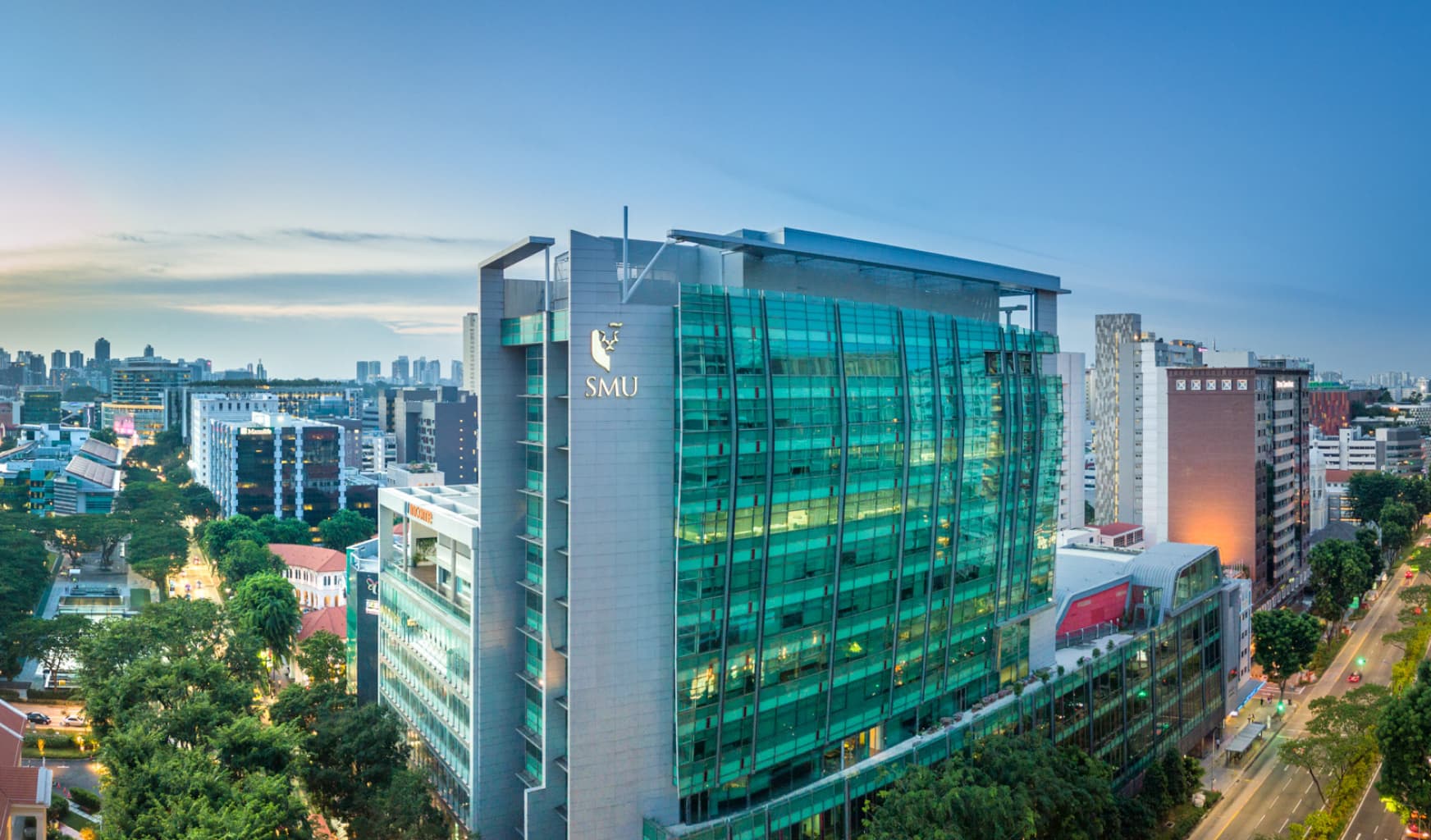
The Challenges of Going Green for Data Centres
Data centres are critical to the digital economy but are also energy-intensive and emit high levels of carbon. With that, SMU's Dr Winston Chow, along with Dr Karen Lai from Durham University and Dr Felicia Liu from University of York, have been conducting research on the innovative steps taken to make data centres more sustainable. They explain why Singapore is well-suited to lead the region in sustainable data centre development and highlight some of the challenges ahead, such as retrofitting older facilities and making sustainable solutions more affordable.
Data centres are critical infrastructure that forms the backbone of the modern digital economy. Providing secure, reliable, and efficient storage, plus processing and disseminating large volumes of data, many digital businesses rely on data centres to run their operations.
By and large, data centres require vast amounts of energy to power server racks, cooling systems, and other components. With much of this energy derived from fossil fuels, data centres are often associated with high carbon emissions, evoking much discussion within the spheres of sustainability and green energy.
In a bid to understand the issues that might serve as an impediment to data centres going green in Singapore, Dr Winston Chow, Professor of Urban Climate and Lee Kong Chian Research Fellow at SMU, along with Dr Karen Lai, Associate Professor of Economic Geography at Durham University, and Dr Felicia Liu, Lecturer in Sustainability at University of York, have been conducting research on innovative steps taken by data centres to enhance their sustainability performance.
They presented their findings thus far to industry professionals attending the Green Fintech and Data Centres workshop held at the Singapore Green Finance Centre (SGFC). Backed by the Monetary Authority of Singapore and several leading global financial institutions, the centre draws on the strengths of Imperial College Business School and SMU’s Lee Kong Chian School of Business (LKCSB) in climate finance and risk, market economics and sustainable investing.
Through high-impact research, outstanding educational programmes and new talent development, the SGFC aims to mobilise a community of practitioners armed with knowledge to create meaningful change. Embodying the SGFC’s worthy purpose, the workshop served as a platform for the exchange of ideas on the existing challenges of data centres going green, as well as the synergies between green finance and FinTech development in Singapore.
How going digital can increase carbon emissions
Demand for data centres has been massive in recent years, especially in Asia. In August 2020, Zoom opened a data centre in Singapore, its first Southeast Asian facility. In 2021, ST Telemedia Global Data Centres officially launched its STT Loyang facility in Singapore, its largest facility in the country to date. Other factors such as the IT infrastructure, server market, and uninterruptible power supplies mean that ASEAN countries are seen as an attractive market for many regional and international companies to relocate their data centres, as reported in a feature article on CIO in 2019.
“Along with these growth prospects has come increasing scrutiny and challenges in terms of what this massive growth potential means for sustainability and the carbon agenda,” says Prof Lai. STT Loyang was able to meet Singapore’s BCA-IMDA Green Mark Platinum sustainability benchmark, but not all data centres are built with sustainability in mind due to various challenges—something which this study hopes to understand better.

Data centre emissions in 2020 were estimated to equal that of the global aviation industry, and this number was predicted to double by 2025.
Going on to explain the context of the growth of data centres and what this means for sustainability and climate change, Prof Chow lays out a common misconception. “People think that going digital equates to being green, but we’ve found out that this isn’t necessarily the case in terms of the amount of energy that has and will be consumed by data centres. This has not been helped by the impact of the shift to remote work, learn and play, especially due to Covid-19.”
“Populations within the data centre community tend to be rather secretive about sharing information on the environmental impacts of their data centres,” Prof Chow adds when explaining the difficulty behind getting measurements on the carbon emissions of data centres.
Sharing just how concerning data centre emissions can be, Prof Chow presented data from energy forecasts published in a feature by Nicola Jones in Nature Journal in 2018. In the forecast, data centre emissions in 2020 were estimated to equal that of the global aviation industry, and this number was predicted to double by 2025. In that same forecast, data centre emissions by 2040 are expected to rival what the entire United States is emitting currently.
Within Southeast Asia, this is further exacerbated by the hot and humid conditions, which increases the cooling—and therefore electricity and water demands—while also reducing the lifespan of data centre equipment.
Existing consensus on the difficulties of green data centres
Driving this research, which is still in its early stages, are three main objectives. The first is the need to understand the financial and labour market needs of data centres in relation to the growing digital economy of Singapore. Second, the research hopes to evaluate the environmental implications of the rapidly growing data centre sector, both in Singapore and within the SEA markets. Finally, the research hopes to explore the sustainable financing opportunities and limitations to making data centres and FinTech more green and sustainable.
“One of the consensuses that emerged during our interviews with industry stakeholders is that Singapore’s future leadership in the regional data centre markets will be secured through spearheading sustainability,” Prof Liu shares, going over the preliminary findings of the research.
“This is important because of climate considerations, environmental considerations, but also because of the constraints of space and infrastructure that Singapore faces. There’s only so much that Singapore can build,” she continues.

“There’s only so much that Singapore can build.”
Dr Felicia Liu
Lecturer in Sustainability at University of York
There has been a significant amount of effort and funding from both government and private sectors that have gone towards innovating and researching on sustainable data centres in Singapore. In addition, the capacity of data centres contained in Singapore means that findings can be scaled to other data centres in the region, effectively putting Singapore in a position of leading by example.
Despite the strong foundation and promising trajectories shown in Singapore’s efforts towards sustainable data centres thus far, there remain some outstanding uncertainties. For example, while there is clear direction from the government when it comes to building new, more sustainable data centres, there is a lack of information, research, and guidance when it comes to retrofitting old sites that do not meet these requirements. Cost is also a major inhibitor in a lot of the existing efforts and solutions.
This research is still ongoing, and the professors urged industry stakeholders to step forward and share further information to contribute to the research. The findings will eventually be published in a white paper by SGFC, which the researchers hope will contribute to the guidance of building more sustainable data centres in Singapore and the wider region.
Learn more about the work of the Singapore Green Finance Centre here.




